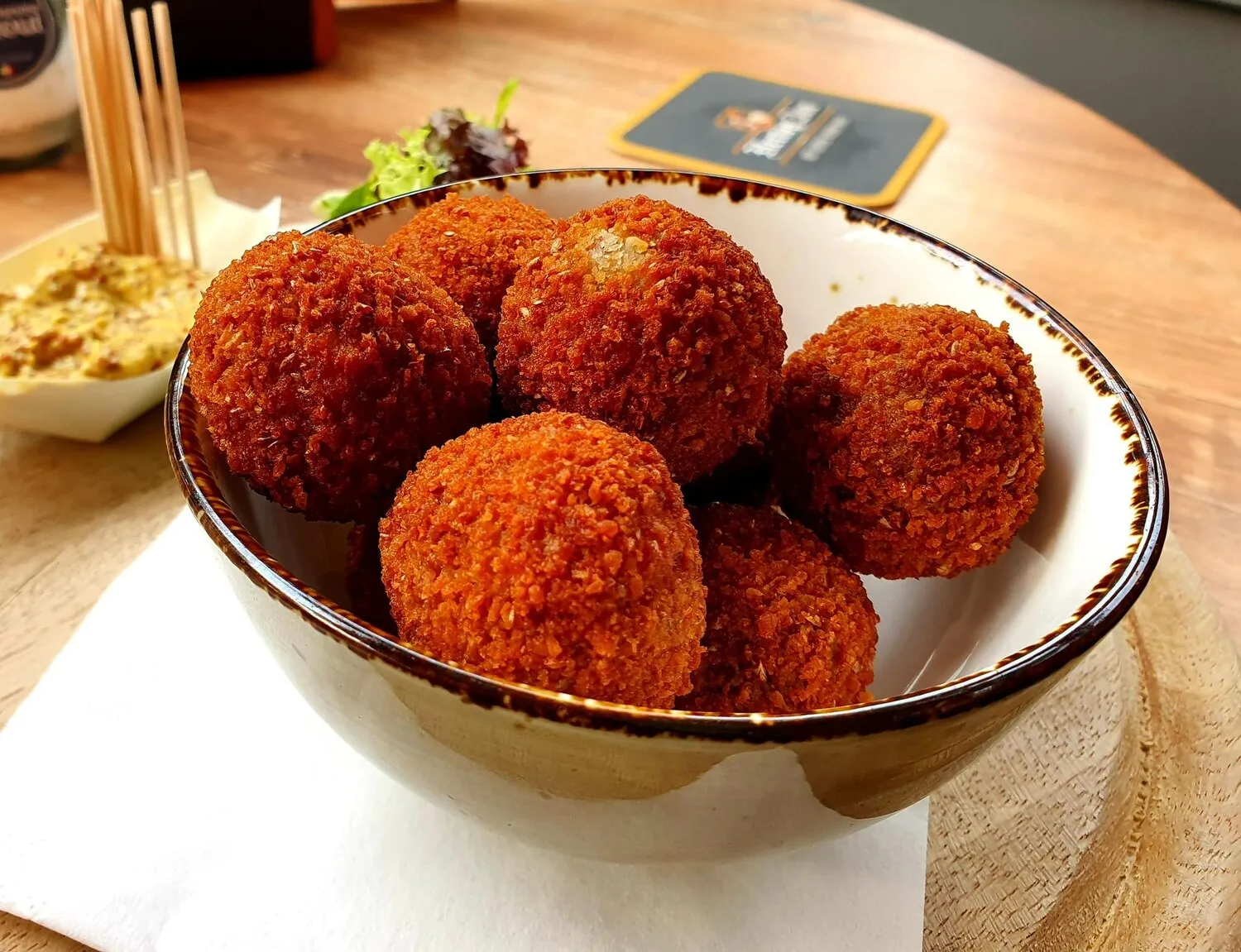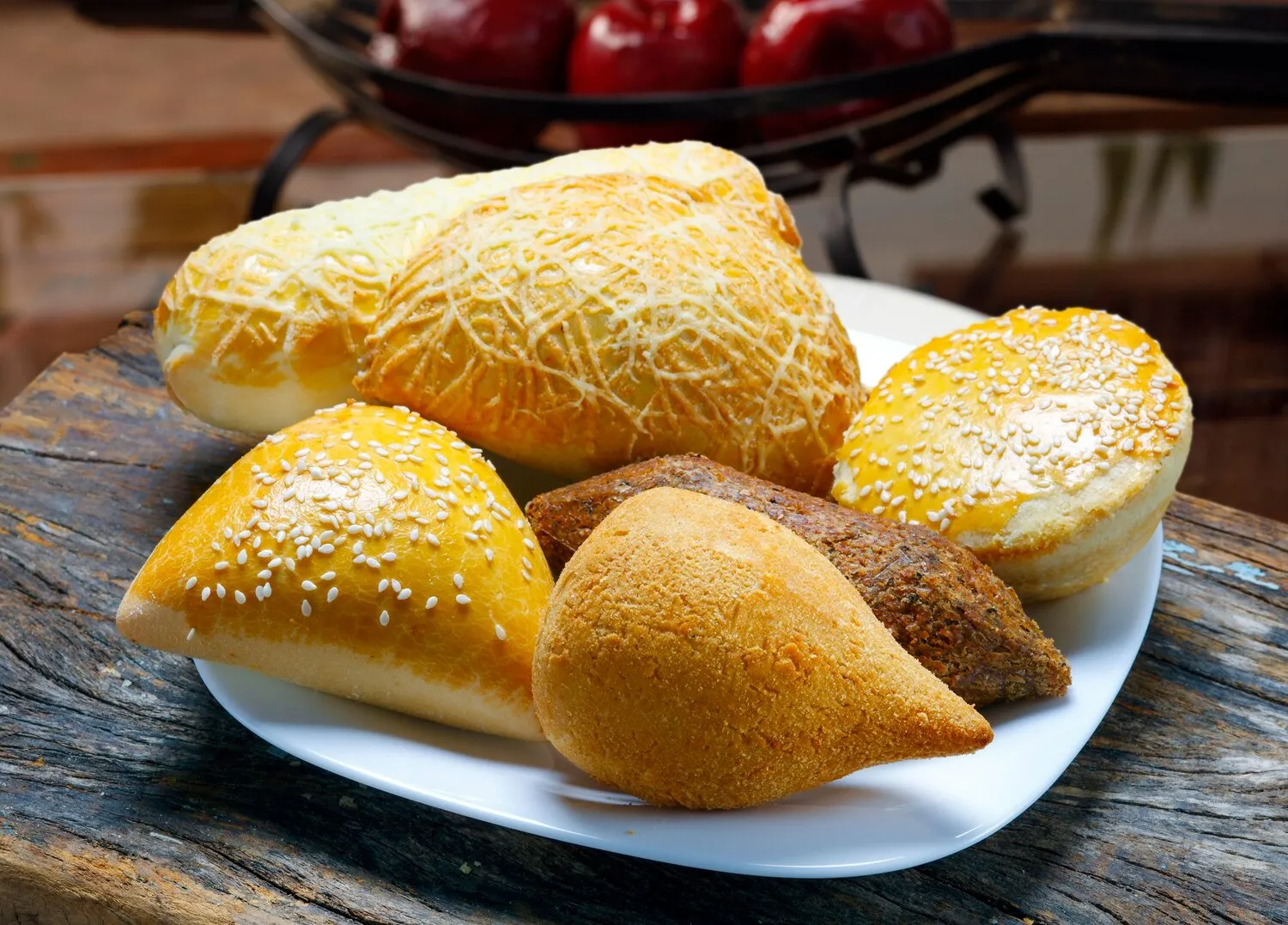
Sandwiches
They serve sandwiches and small bites.
Nutrition Facts
* The % Daily Value (DV) tells you how much a nutrient in a serving of food contributes to a daily diet. 2,000 calories a day is used for general nutrition advice.
The sandwich is named after John Montagu, 4th Earl of Sandwich, an 18th-century English aristocrat. Legend has it that he ordered meat tucked between two slices of bread so he wouldn't have to leave his gambling table. While this story may be apocryphal, it highlights the practical origins of the sandwich as a convenient and portable meal.
Sandwiches have become a ubiquitous part of global food culture, adapting to local tastes and ingredients in countless variations. They are a staple for quick lunches, picnics, and casual meals worldwide.
Lunch Culture
In many Western countries, sandwiches are a common lunchtime choice for workers and students, providing a quick and easy meal that can be consumed on the go.
Regional Variations
Different regions have their own unique sandwich creations, such as the Philly cheesesteak, the Cuban sandwich, the muffuletta, and the Banh Mi, each reflecting local culinary traditions and ingredients.
Iconic Sandwiches
Certain sandwiches have achieved iconic status, becoming symbols of particular cities or regions. These include the Reuben, the BLT, and the Monte Cristo, each with its own distinct history and appeal.
Sandwich flavors are incredibly diverse, reflecting the ingredients and culinary traditions of different regions and cultures. They can range from savory and spicy to sweet and tangy.
Savory sandwiches often feature cured meats like ham, salami, and prosciutto, paired with cheeses like cheddar, Swiss, or provolone. Vegetables such as lettuce, tomato, onion, and pickles add freshness and crunch. Condiments like mayonnaise, mustard, and pesto contribute layers of flavor. Spicy sandwiches might include chili peppers, sriracha, or hot sauces. Sweet sandwiches, while less common, can feature ingredients like Nutella, peanut butter, or fruit preserves. The type of bread also significantly impacts the flavor profile, with options ranging from crusty sourdough to soft white bread.
Bread Selection
Choose bread that complements the filling in terms of texture and flavor. Crusty bread is good for wet fillings, while softer bread is better for delicate ingredients.
Ingredient Quality
Use fresh, high-quality ingredients for the best flavor and texture. Local and seasonal ingredients are often the most flavorful.
Condiment Placement
Spread condiments evenly to prevent soggy bread. Consider placing condiments between layers of ingredients to protect the bread from moisture.
Layering Technique
Layer ingredients in a way that maximizes flavor and prevents the sandwich from being too bulky. Distribute ingredients evenly to ensure every bite is satisfying.
Explore additional Snacks dishes and restaurants
Explore SnacksDiscover top dining spots and culinary experiences in Bern.
Explore BernLearn more about the food culture, restaurant scene, and culinary heritage of Switzerland.
Explore Switzerland

